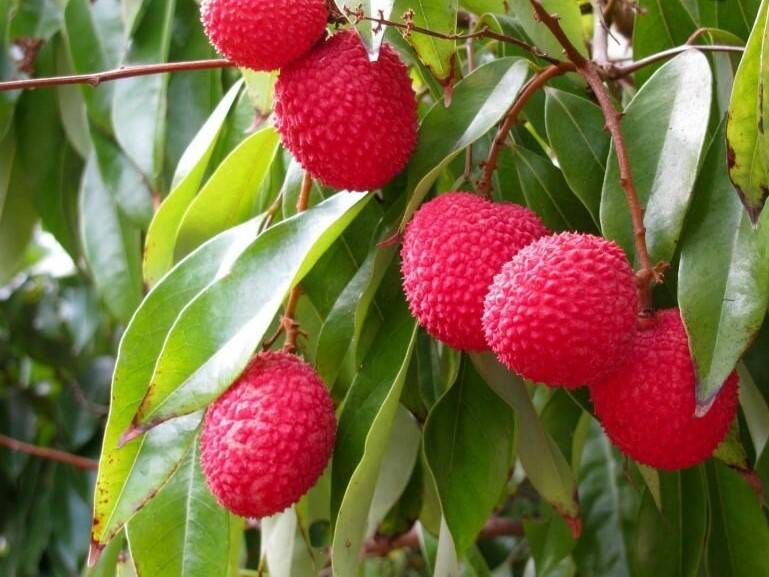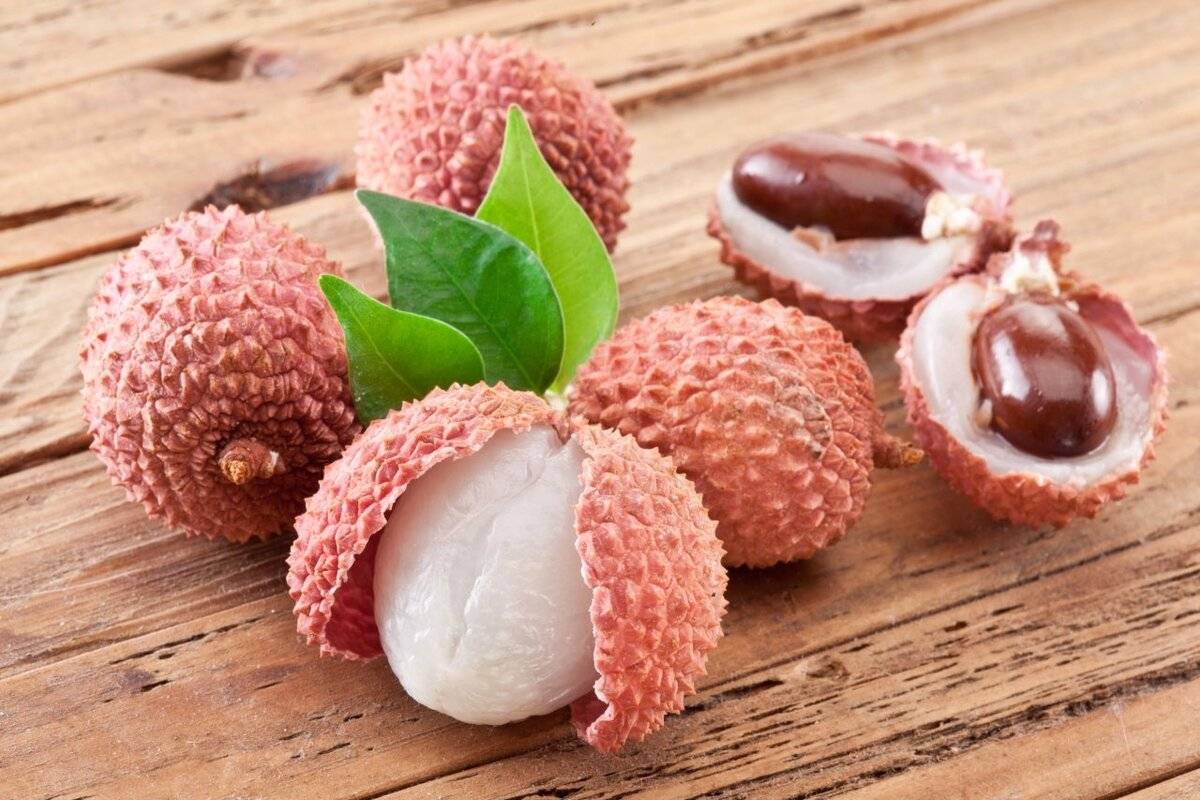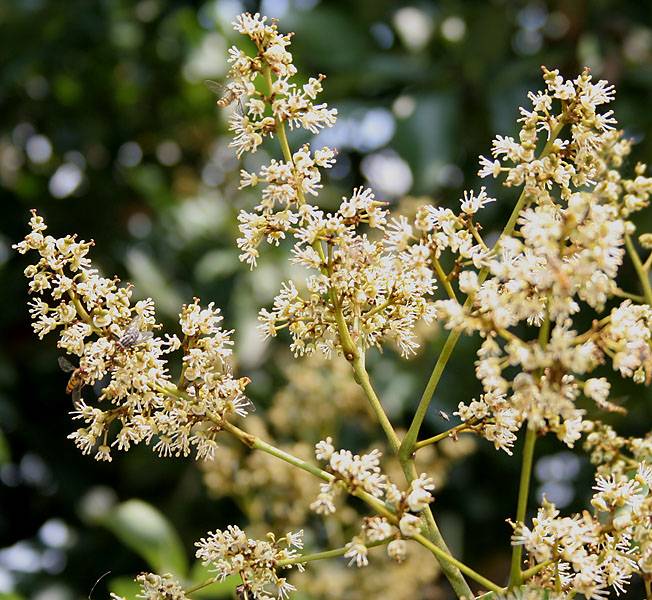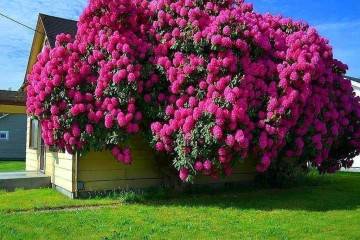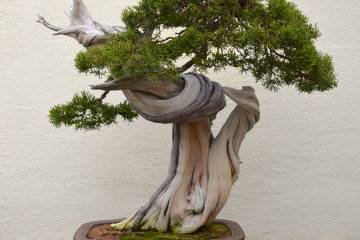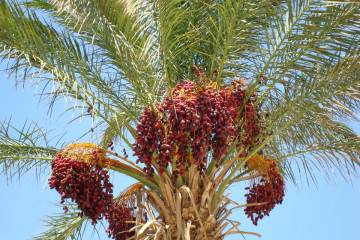Lychee fruit - what is it, how to grow from a seed
Content:
Not everyone knows what lychee is. This is due to the fact that this fruit is rarely found on supermarket shelves. But nevertheless, in recent years, it has increasingly begun to appear on sale not only in canned, but also fresh. In addition, you can find seedlings of this tree on sale, which make it possible to grow lychees at home. Therefore, some compatriots began to imagine what lychee looks like, and also discover its original taste.
Lychee - what kind of fruit is it and what it looks like
Lychee is a tree that belongs to the Sapindov family and has other names such as Chinese lychee, Chinese plum, and fox. As the name implies, the plant is native to the southern regions of China.
Brief description and features of the fruit tree
The tree is evergreen and densely covered with leaves of a rich dark green hue. They form a dense, rounded crown.
When the tree bears fruit, the pinkish lychee fruits are gathered in bunches. By themselves, they are small, about 5 cm in diameter, and covered with a fairly dense but thin skin with small bumpy growths. Under the skin of lychee berries, white flesh is hidden, which resembles a gelatinous rather dense and juicy consistency. Inside is a large dark brown bone.
Fruit properties, benefits and harms
If we talk about taste, then in lychee they are quite attractive to humans. The pulp is sweet and sour and tender in consistency, and therefore the fruits can be consumed in large quantities, since they do not burden the gastrointestinal tract.
Useful properties of the fruit:
- saturation of the body with vitamins and minerals;
- helps to normalize blood sugar levels;
- normalizes the digestive tract and pancreas;
- lower cholesterol levels;
- it is considered a fruit that can have an aphrodisiac effect and enhance the sexual function of both men and women.
But, despite all the benefits, lychees still have properties that can harm the body. First of all, you should not eat berries for those who have an individual intolerance to its components. Secondly, when buying lychee, you should make sure that it is fresh fruit. It should have either a pinkish or reddish peel. If it has a brownish or brown tint, then it is not recommended to eat them. This is due to the fact that they accumulate hazardous substances that can cause poisoning and disorder in the digestive system.
In all other cases, the fruit has no contraindications.
Varieties of varieties and hybrids of lychee
The lychee tree has several varieties; breeders have taken care to breed trees with different characteristics, differing in the period of fruiting and the taste of the fruits formed. Here are the most popular types.
Green dangling
The distinctive characteristics of this variety are light-colored foliage. In addition, the fruits of this type can remain as fresh as possible even when they have been skinned and they have been lying in this state for several days.
Sweet osmanthus
The fruits of this variety have an increased amount of sugar in the pulp. In addition, it has a delicate aroma of osmanthus.
Green Yatu
The dense reddish-pink peel of the Zeleny Yatu cultivar has a nonspecific green speck over its entire surface.
Concubine smile
The most ancient variety. Fruiting early enough, so the harvest in China takes place in May.
Growing a lychee fruit tree at home
Chinese lychees have already left the boundaries of their natural growth. Back in the 18th century. the trees were brought to the territory of Europe. From that moment on, they constantly adapted so that they could be grown on this part of the continent. But, since natural conditions are far from always suitable for them, lychees began to be used as a house plant.
To grow this exotic tree, you need to understand what he needs to provide at home.
Nuances of germination
If there is a desire to start growing this exotic, then you will have to make an effort to find a nursery in which they can offer a seedling of this plant. If this was not done, do not despair, since you can get a young plant yourself. To do this, you need to get a fresh lychee bone from the fruit.
After that, it should swell and hatch quite intensively. Only in this case it will be possible to fill the pot with a thick layer of drainage and suitable soil and plant the seed.
But planting alone will not be enough, it is very important to provide the plant with suitable conditions and care, only in this case it will be possible to get a healthy plant.
How to care for a tree at home
Before getting a young plant, it will be necessary to provide the seedling with appropriate care. To do this, it is necessary to maintain a container with seeds at a temperature of at least 25 ° C and constantly maintain soil moisture. Under the most favorable conditions, after planting, the sprout will appear in 1 week. But, if this did not happen, do not be upset. In some cases, the plant may take more than a month to germinate.
During this period, it is necessary to provide suitable conditions for young shoots: 12-hour sunlight without direct contact, a larger container and a temperature of at least 20 ° C.
At first, all this will help to get a young shoot, but an adult plant will need no less attention.
Illumination and temperature conditions
Not everyone knows how lychee grows and what it needs for the full formation of the crown. The first thing you need to pay attention to before starting to care for a flower is the amount of light and temperature. It is important that when growing litchi, the temperature in the room does not drop below 20 ° C.
As for the level of lighting, then it should be sufficient. But do not expose the leaves to direct sunlight for a long time.
Watering rules and humidity
To maintain the required moisture level of a tropical plant, it must be sprayed with settled or boiled water in the morning and in the evening.
Watering should be done in moderation, but regularly. To do this, it is necessary to defend the water for 2 days and make sure that it is warm enough with a temperature indicator not lower than room value. In order not to overdo it, it is recommended to use the technique of introducing moisture through the pan - bottom watering.
Top dressing and soil quality
After 3 months have passed from the moment of pecking of the lychee seed, and the sprout appears above the soil surface, it is necessary to make the first top dressing. For this, complex mineral fertilizers are used.
In order for the tree to bloom as early as possible, it is necessary to use loose and light soil. The easiest way to buy a universal primer is in garden stores. This will prevent a young immature plant from becoming infected with fungi, viruses or infections.
If you want to mix the soil mixture yourself, then you need to take garden soil, sand and peat.
How and when lychee blooms
In order for the tree to form the correct crown, it must be pruned during the first 2 years of its life. Then it will only be possible to maintain the correct shape and perform sanitary pruning.
It should be borne in mind that in the overwhelming majority of cases, a tree can bloom only at the 7th year of life.
If the flowering still went well, then, probably, you can wait for fruiting. Although most often this rarely happens, and exotic lovers have to wait for this miracle for more than 10 years.
Types and shape of flowers
The flowers of the tree are small, collected in large clusters of inflorescences. Their shade can range from white to light purple.
After the flowers dry up, clusters are formed with fruits in an amount of 3 to 15 pcs.
Fruiting
To date, more than 100 varieties are known, each lychee fruit is distinguished by its fruiting period and ripening period. In the vast majority of cases, fruits can form after the tree is 4 years old. But this happens if the plant has been properly grafted. Otherwise, you can wait for fruiting no earlier than in 7-10 years.
Fruit tree propagation
To date, such methods of breeding lychee are available as:
- seminal;
- cuttings;
- vaccination;
- taps.
Plant maintenance problems, diseases and pests
In addition to creating the necessary conditions, it should be understood that any plant sooner or later is attacked by harmful insects or any diseases. Therefore, lychee owners need to know the following:
- this plant has a fairly high resistance to any disease. But this only manifests itself in those cases when he is not provided with the necessary care;
- with an insufficient amount of moisture in the soil, the leaves of the tree droop;
- if you add moisture in excess, then there is a high probability of decay of the root system;
- lychee also shows resistance to any pests, but sometimes aphids, spider mites, mealybugs, thrips, whitefly, and scale insects appear on it. As soon as these insects are found, action is urgently needed. You need to choose the right drug, it can be an acaricide or an insecticide. Spraying is carried out in accordance with the recommendations indicated on the packaging of the drug.
If you follow all the above recommendations for obtaining a lychee sprout and further caring for it, then you can get a wonderful exotic plant. And if, in addition to this, you also take care of the vaccination or show patience, then you can get fragrant fruits.
